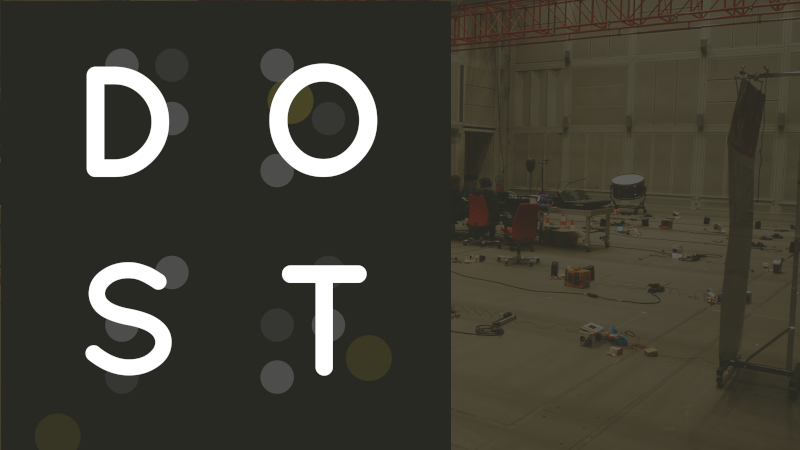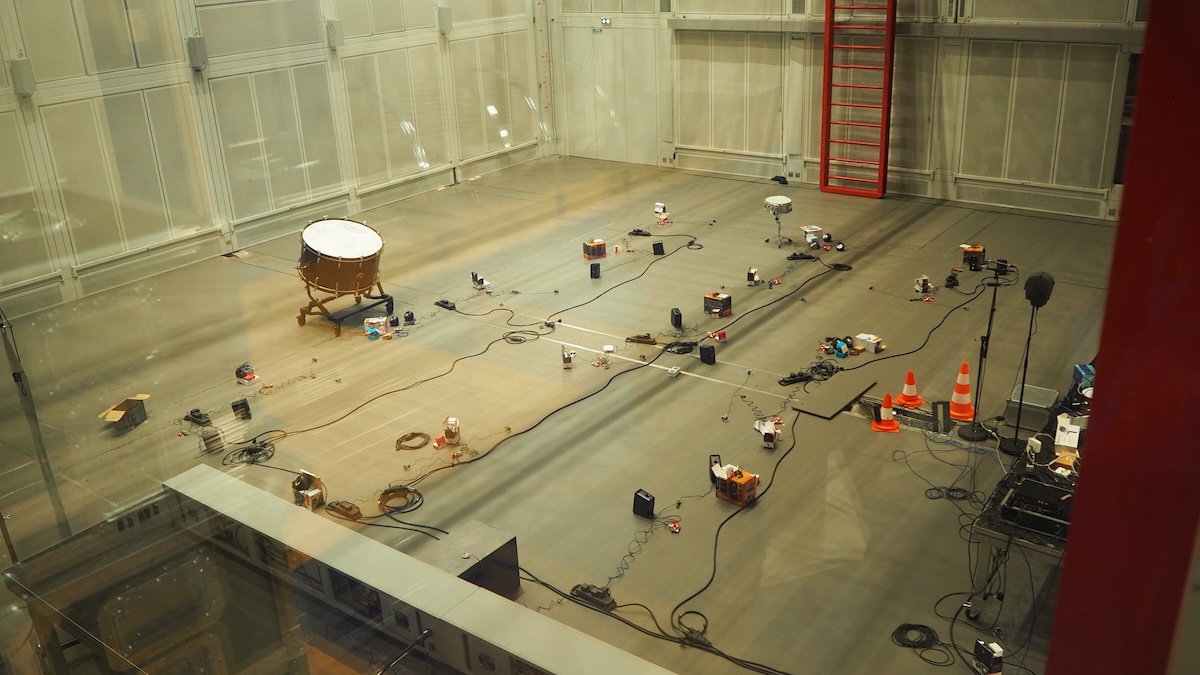Appearance
Distributed Musical Things for
Collective Interactions

Recent development of Web and Internet of Things (IoT) technologies – by democratizing the access of both software and hardware – have enabled new avenues for researchers and artists relying on distributed multimedia environments and collaborative interaction. However, the inherent complexity of such distributed systems, particularly regarding the real-time, synchronized and multi-modal interactions required for music and performing arts, opens novel questions on designing interaction enabling practitioners to use and moreover to creatively appropriate these technologies....
In this context, the objectives of the Distributed Musical Things for Collective Interactions (DOTS) project are twofold:
- To understand how our experimental system could better support creative, collaborative and multidisciplinary work in real-world situations, re-questioning the impact of the technologies in such tasks. In particular, our goal is to develop a methodological framework to facilitate the learning process of users and to support the appropriation of the different technological and design aspects.
- To create a new version of our platform toward a coherent ecosystem of modular, portable, low cost and interoperable tools, targeting both mobile and embedded platforms, and dedicated to creative and musical applications, including pedagogy. In particular – taking into account the specificity of continuous time based and synchronized multi-modal interaction in distributed systems – our goal is to provide novel tools and interfaces that support creative workflows (e.g. immediate feedback, rapid loops of trials and errors) of users with different background, skills and needs.

Based on the hypothesis that expert artistic practices can provide us with an exemplary and challenging frame to address these research questions and to propose innovative technologies, we will conduct this project following an action-research methodology and leaning on the meta-design conceptual framework. More precisely – following a practice-centered and interdisciplinary perspective considering the intersection of Human-Computer Interaction, Ubiquitous Computing, Sound and Music Computing, Design and Arts – we will implement an iterative and incremental methodology alternating development phases and fieldwork conducted during artistic residencies and workshops in art school and universities. As such, we expect both:
- To develop new tools (software and hardware) fostering appropriation and creative workflows in musical distributed systems, and
- To produce documented case-studies and better understanding of how expert practitioners in arts and music interact with and appropriate technological tools creatively.
We expect that both the technologies and the methodologies developed during the project will enable new experimental settings to support research in other fields such as pedagogy or health/well-being.
